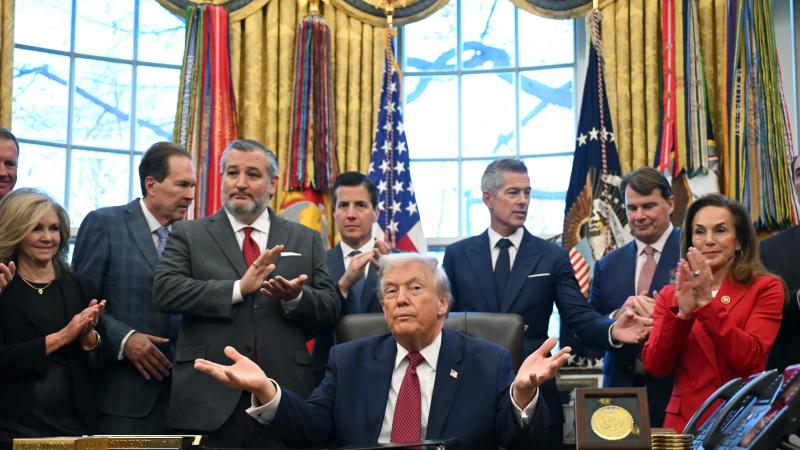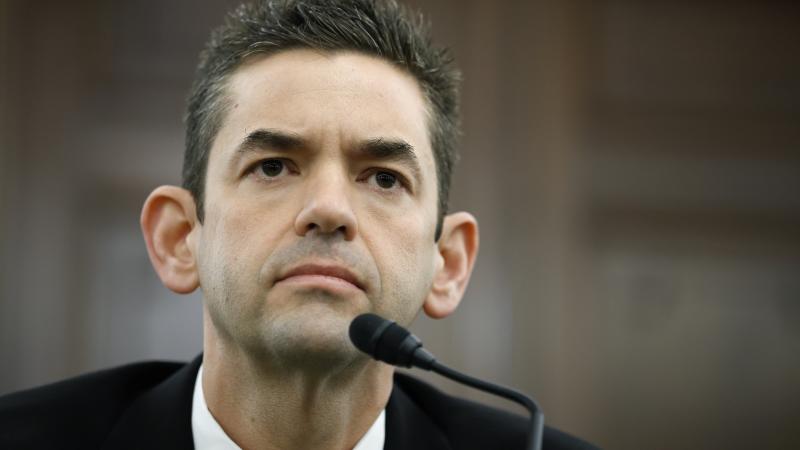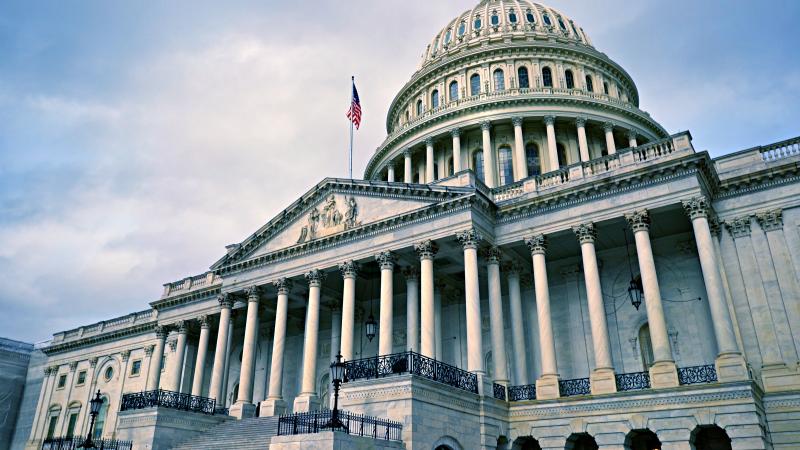DOGE says that it has created $210 billion in taxpayer savings
Trump and Elon’s DOGE effort to reduce government costs, in conjunction with reducing the size of the workforce, fulfills — mostly — a campaign promise that many Americans were anxious to see implemented. The actual numbers can get complicated.
The Department of Government Efficiency (DOGE), led by Elon Musk and Vivek Ramaswamy, is touting that it has reached $214 billion in federal spending reductions as of October 4, according to its official website (doge.gov/savings).
On the campaign trail in October 2024, when Musk announced his most ambitious target, stating that DOGE could reduce federal spending by "at least $2 trillion." The actual savings has been a subject of considerable argument, with endless debate about economics and market forces, and the way they have been interpreted.
The "Wall of Reciepts"
The site breaks down savings from various categories like asset sales, contract and lease cancellations or renegotiations, fraud elimination, grant terminations, interest savings, programmatic changes, regulatory relief, and workforce reductions. Roughly 30% of this total is detailed in DOGE's "wall of receipts," which lists specific actions such as the termination of 13,440 contracts worth approximately $61 billion, 15,887 grants worth $49 billion, and 264 leases worth $113 million. The remaining savings are unitemized, with DOGE noting that full documentation is delayed due to regulatory requirements and lags in public databases like the Federal Procurement Data System.
DOGE's milestones show a progression from $55 billion in February 2025 to $105 billion in March, $150–160 billion in April, $180 billion in June, and $214 billion by October, but these figures are debated due to inconsistencies with public financial data.
Since its Inauguration Day establishment on January 20, via President Trump's executive order, DOGE has focused on reducing federal spending and restructuring operations. As a means of keeping a major campaign promise, Trump's DOGE has targeted more than $1 billion in diversity, equity, and inclusion (DEI) contracts for elimination and prioritized updates to outdated IT systems by hiring specialized engineers.
The department has also offered buyouts to reduce the size of the federal workforce and initiated reviews of agencies like the U.S. Agency for International Development (USAID), Consumer Financial Protection Bureau (CFPB) and the Department of Education to address inefficiencies.
Largest voluntary reduction of workforce in modern times
Approximately 154,000 federal employees have taken the buyout offers from the Trump administration's "Fork in the Road" deferred resignation program. This includes an initial round where about 75,000 accepted the buyout in February, plus follow-up offers that brought the total to 154,000 by June, with most separations finalized by September 30, 2025. This is the largest voluntary workforce reduction in modern U.S. history, Newsweek reported.
The program, run through the Office of Personnel Management and tied to DOGE, offered up to eight months of pay and benefits in exchange for resigning, aiming to cut the civilian federal workforce of around 2.3 million by about 6.7%. It faced legal challenges from unions but was upheld, and the Office of Personnel Management called it a "dignified and generous departure."
Furthering the Trump administration's taxpayer savings efforts, Trump's Director of the Office of Management and Budget (OMB) Russ Vought, is seizing the opportunity of the government shutdown to initiate reduction-in-force (RIF) operations.
Vought has begun the process of terminating thousands of federal workers amid the government shutdown that started October 1. On October 10, Vought posted on X, stating, "The RIFs have started." A subsequent court filing on October 11 detailed over 4,000 job cuts across agencies such as Homeland Security, Education, Energy, Health and Human Services, and Treasury.
These layoffs stem from a September directive from Vought, instructing agencies to eliminate positions tied to programs misaligned with the President's agenda, moving beyond typical temporary furloughs. Democrats and unions, including the American Federation of Government Employees, are challenging the dismissals in court, arguing they violate the Antideficiency Act and the Government Employee Fair Treatment Act.














